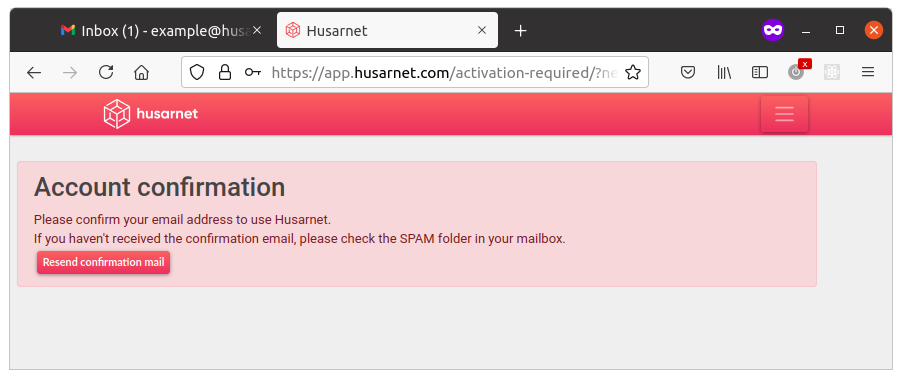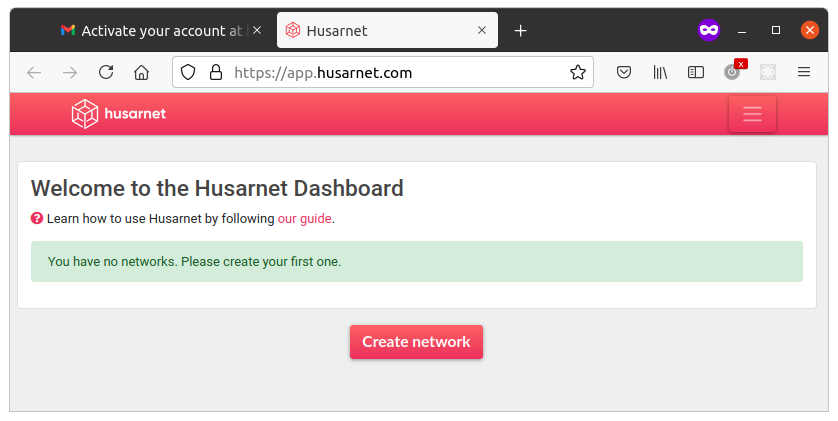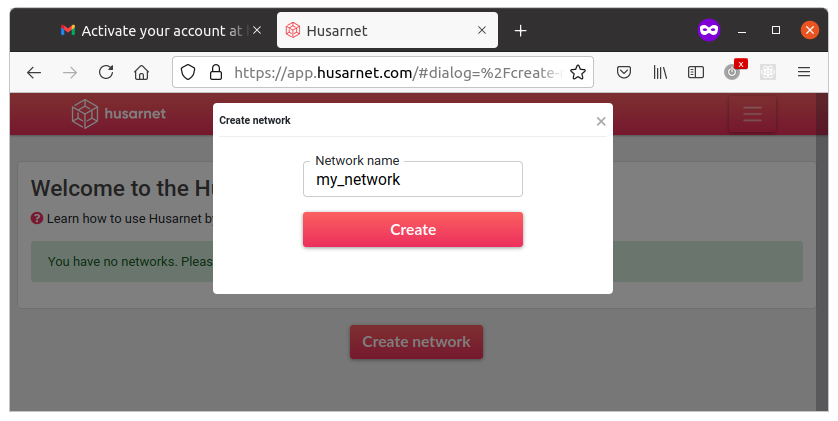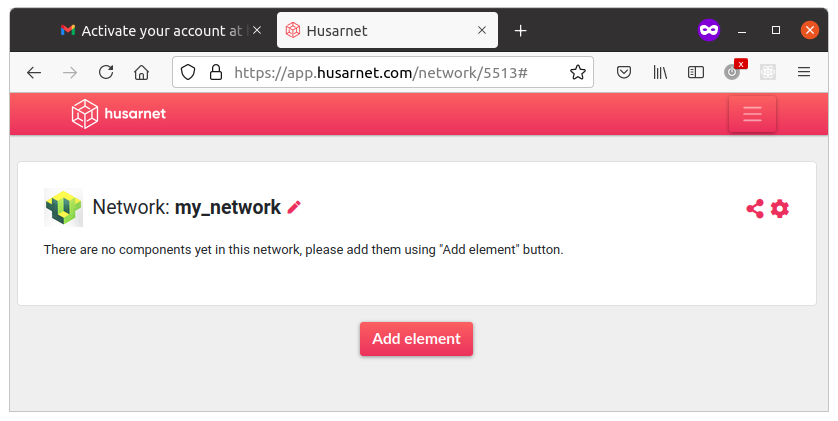Emerging IoT Applications Utilizing Edge Computing

A new generation of innovative technology solutions that lower latency are converging to empower an industrial transformation upon which tomorrow’s world will be iterated and dependent. This is driven by the need of seamless high data exchange applications that currently experience challenges in the latency of their network connectivity, meaning the amount of time it takes for data to travel between sender and receiver is too long. There is a growing portfolio of solutions aiming to lower latency making far-reaching new applications possible and existing use cases more efficient.
A potential scene from a low latency world:
You work from a comfortable office while remotely operating a robot in challenging terrain on the other side of the earth. This hardware device was manufactured in a smart factory operating autonomous robots working in concert at the highest level of efficiency, reliability and precision. For transportation between factory and warehouse, a team of telepresent or semi-autonomous unmanned vehicles was deployed both on the roads and in the sky that interacted and exchanged data seamlessly with sensors and devices of a smart city grid for rapid delivery.
The coming low latency opportunity will impact many industries with especially powerful applications for the industrial internet of things where data exchange is often intensive and needs to happen as close to real-time as possible. Low latency will mean the difference between the possible and impossible, a seamless experience and disruptive lag, profit and loss, safety and danger.
The Growth Of Remotely Operated, Telepresent and Autonomous Robotics
A new series of use cases that create a virtual presence of a remote operator who sees and interacts with the environment just as they would if they were physically present inside a robot or hardware device are becoming commercially adopted. There is also an expansion of remote tele-operations when the operator view and interaction come from an outside, 2nd person point of view. Tele-robotic devices are typically developed for situations or environments that are too dangerous, unreachable or costly for humans to perform in a timely and efficient manner like underwater, in chemically toxic environments like nuclear plants and dangerous conflict zones for use cases like exploration, structural maintenance and police work.
Tele-Surgery
A vivid example of the value and possibilities of telepresence robotics is tele-surgery which can allow surgeons with specializations to treat patients globally from remote locations complemented by broader tele-medicine applications with remote surgical and diagnostic procedures through a combination of robotic arms and sensors. The data transmitted as instruction for robots must be highly reliable as slight delay in latency can mean harm to the patient.
Unmanned Aerial Vehicles (UAVs)
Unmanned Aerial Vehicles controlled by a remote operator are becoming increasingly adopted by the market for applications like video recording and analytics, package delivery, structural maintenance, disaster response and geographical mapping. With each generation, the devices are increasing their commercial suitability with greater automation and more precise awareness of the environment. This increased data exchange creates a need for low latency.
Autonomous Mobile Robotics
Robots and hardware devices with software developed in ecosystems like ROS and ROS2 are increasingly leveraging artificial intelligence and operational software to independently analyze data from their environment and deliver ever greater autonomy from the operator. Increasingly technologically sophisticated and operationally challenging actions become possible. For example, developers can create software spreading across whole robotic fleets operating in the same network that can dynamically change networks and be aware of the presence of other robots and access their data in real time. It is now possible to offload computer power heavy tasks from robot to super-computer and to organize robots as edge computing clusters for efficient administration, management and maintenance.
The implementation of remotely operated, telepresent and autonomous robotics with low latency connectivity can and will produce an increase in work efficiency and productivity, decreasing workload and production costs, improving accuracy and refining service.
Smart World: Rolling Out and Scaling Up Massive IoT Applications

Latency can also become a challenge when there is a concentration of real-time high data exchange among devices in close proximity. Today, data must often travel through a distant cloud or data processing center creating delays and points of failure. To lower latency and increase security, these use cases can employ edge computing solutions where data processing infrastructure is geographically localized as close to the hardware devices as possible, including on the devices themselves. The edge computing market is forecasted to grow dramatically over the coming years. Edge computing solutions can empower massive new IoT applications:
Real Time Video Analytics
There is a proliferation of camera networks being installed nearly everywhere with their video being processed, analyzed and applied for a diversity of applications including strict real-time analytics for computer vision algorithms to mine video content to analyze traffic, security, crime, and as consumers’ digital assistants.
Smart Factories
The automation of manufacturing by utilizing robots more effectively and more responsively with on-site, smaller and more dedicated data centers will allow industry to make decisions more quickly, enabling fuller exploitation of technology like artificial intelligence. It also facilitates the implementation of unmanned warehouse transportation to automate critical but time-consuming activities and speed up processes to improve production time and efficiency. Low latency can prove critical in allowing manufacturers to scale their robotic workforces. Multiple distribution centers with low-latency edge computing could transmit supply and demand data in milliseconds to stop and start production. They could base this real-time capacity steering on group cost analysis and production line visibility of on-site production, distribution and sales, which could consequently make scaling far more cost efficient.
Smart City Transportation Grid
Vehicle to Vehicle (V2V) connectivity and Vehicle to everything (V2X) communication systems are computer networks in which vehicles and roadside units are the communicating nodes, providing each other with information, such as safety warnings and traffic information. They can be effective in avoiding accidents and traffic congestion which is critical because a significant percentage of deaths due to injury are from auto accidents. Vehicle-to-vehicle (V2V) communication’s ability to wirelessly exchange information about the speed and position of surrounding vehicles shows great promise in helping to avoid crashes, ease traffic congestion, and improve the environment. Operations like truck platooning with the linking of two or more trucks in convoy, using connectivity technology and automated driving support systems become viable. The greatest benefits can only be achieved when all vehicles can communicate with each other and with their environment seamlessly. The massive amounts of required data exchange will require low latency solutions including edge computing.
Learn more about emerging use cases on Husarnet’s business blog
The Value Of Husarnet’s P2P VPN In Lowering Latency
There are solutions that lower latency to make new applications possible or to improve efficiency of existing use cases for a competitive advantage. A solution that delivers value in many scenarios where low latency is crucial is Husarnet.
Husarnet is an edge computing solution that uses a P2P VPN that enables hardware devices to become edge computing nodes allowing them to exchange data directly for lower latency because data no longer needs to travel through a distant centralized cloud. This solution also eliminates a single point of failure and expensive cloud hosting costs delivering security and financial savings. It also means that no 3rd party has automatic access to your data for greater privacy.
Husarnet functions over the public internet and is agnostic to internet linking technologies being compatible with Wi-Fi, Ethernet, LTE and 5G. In addition, the Husarnet Client also offers full spectrum connectivity being compatible with devices like computers, robots, microcontrollers, sensors, and servers.
Link to technical blog: https://husarnet.com/blog/
Create A Network And Try Husarnet
As innovative high-data exchange use cases and applications grow on the market, the need, demand and urgency for low latency solutions is also increasing. Husarnet is ready and available now to instantly lower your latency. If lowering latency is a priority for your business or project then you can be at the edge of latency by creating a Husarnet network and connecting up to five devices at no cost to experience the immediate value. Getting started with Husarnet is fast and easy.
Simply follow these 5 easy steps:
- 1. Create Account
- 2. Confirm e-mail
- 3. Create a Network
- 4. Copy a Join Code
- 5. Connect Devices
Create a free account at https://app.husarnet.com

After you click "Register" you will be redirected to your account where your will see:

Please click the confirmation link in the e-mail you should have just received:

After you click the confirmation e-mail you will see your account with no networks:

Click a [Create network] button and name your first network, eg. my_network:

After you create a new network you will see:

Click [Add element] button and you will see a window with your Join Code:

Finally, install the Husarnet Client on your devices and add them to your Husarnet network, by simply executing in the Linux terminal 3 commands:
## 1. Install Husarnet
curl https://install.husarnet.com/install.sh | sudo bash
## 2. Reload systemd starting Husarnet daemon
sudo systemctl restart husarnet
## 3. Join the VPN network (in place of ${JOINCODE} place what you got in step 4/5)
sudo husarnet join ${JOINCODE} my-awesome-device
That's all. Now we can reach all the devices like they were connected to the same Wi-Fi hotspot, even if they sit in different continents.
What next?
Visit Husarnet's technical blog to find practical use cases with open source examples on GitHub.
